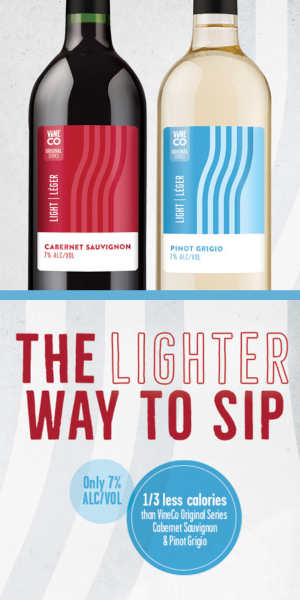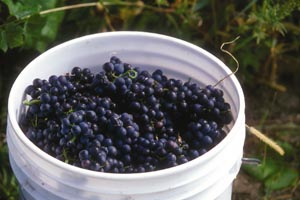Feb-Mar 2003
Fruit Flies & Hot Petite Sirah: Wine Wizard
QI am following the recipe for tomato wine from the August-September 2002 issue. The recipe says to loosely cover the must in the primary fermenter with a plastic sheet. But after about
Do you have any suggestions for a wine that came out too “hot” with a higher than expected alcohol content?
Blending is fine; but if you don’t have enough suitable wine to lower the alcohol to a point you like, make it into a dessert wine. When faced with a 17 percenty
My wine has some kind of flies buzzing around the must. Do I need to throw this batch out?
My condolences on experiencing your first visitation by the ever present, but never welcome, Drosophila melanogaster — more commonly known as the common fruit fly. These prolific and pesky little airborne bugs
Vineyard Questions: Backyard Vines
D. Genasci (southern Oregon) asks: “I am harvesting Pinot Noir and am getting rather strange readings — 22 °Brix, pH of 3.4 and acid at 0.25. The grapes are grown on gravelly
2002 WineMaker International Amateur Wine Competition Winners!
Winners from the 2002 WineMaker International Amateur Wine Competition






